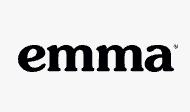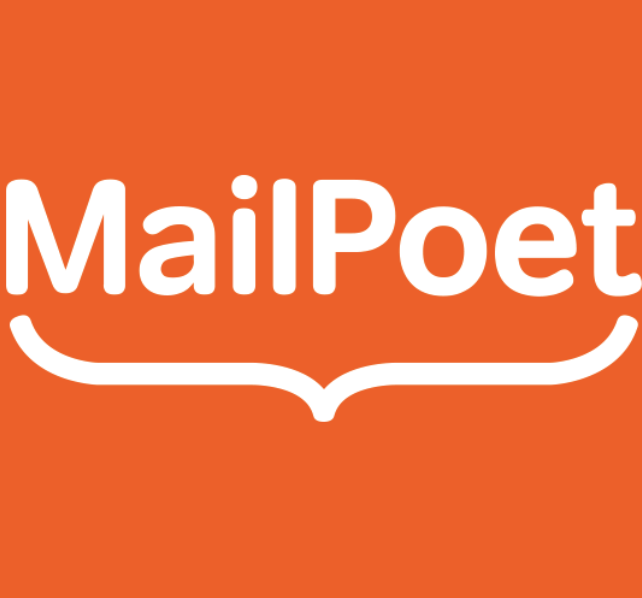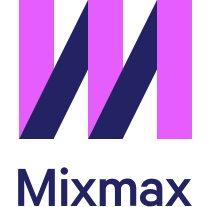ConvertKit vs Campaign Monitor
Hyperise integrates with 100's of sales and marketing tools, many of which are in the Email Marketing category. With so many to choose from it's sometimes hard to know which is best, but don't worry, we've got your covered.
In this comparison guide we're going to look at the Highlights, Pros, Cons and Pricing of ConvertKit and Campaign Monitor. We'll also delve into the details of which offers the best personalization options within Email Marketing, with there respective Hyperise integrations

ConvertKit
Pricing: ConvertKit offers three different pricing plans to its customers: 1. Free: Perfect for beginner bloggers, this plan features core features, light customization, and up to 1,000 email subscribers. 2. Growth: Perfect for entrepreneurs and bloggers who are growing their audience and revenue. This plan features automation and tagging, unlimited email subscribers and multiple opt-in forms for $29 per month. 3. Pro: Perfect for experienced bloggers, businesses, and entrepreneurs.
Vs

Campaign Monitor
Pricing: Campaign Monitor offers three subscription plans for customers to choose from: * Essentials ($9/month): Includes access to all features, up to 2,500 subscribers, and unlimited sends. * Standard ($29/month): Includes access to all features, up to 25,000 subscribers, and unlimited sends. * Premier ($149/month): Includes access to all features, up to 200,000 subscribers, and unlimited sends.
ConvertKit vs Campaign Monitor Highlights
ConvertKit is a powerful email marketing tool designed to help marketers better interact and engage with customers. The platform allows users to send automated emails triggered by customers interests, segment email list based on customer data, create opt-in forms to collect email addresses and additional customer data, and track the progress of each campaign. ConvertKit also gives users the ability to analyze customer data, view customer analytics, and broadcast emails to the entire list.
Campaign Monitor on the other hand is an email marketing tool that allows users to create, send, and monitor campaigns. The platform allows users to create templates for their campaigns, create sophisticated segmentations of their lists, deliver automated campaigns, and provide deep insights into their campaigns. Campaign Monitor also allows users to create tags, automate customer journeys, and easily embed images and other media into their emails.
The main difference between ConvertKit and Campaign Monitor is that ConvertKit provides more advanced automation capabilities. With ConvertKit, users can set up automated emails triggered by customer interests, while Campaign Monitor offers more traditional email automation capabilities such as creating automated campaigns and segmented lists. Additionally, ConvertKit has more options for creating opt-in forms and collecting customer data, while Campaign Monitor allows users to embed images and other media into their emails.
ConvertKit vs Campaign Monitor Pros
ConvertKit Pros
- Pros of ConvertKit compared to Campaign Monitor:
- Easier to use and manage for beginners
- More automation options for creating personalized email campaigns
- Easier segmentation of contacts
- More comprehensive tagging functionality
- More comprehensive API and webhooks
- Ability to offer product upgrades and free trials to customers
- Easier integrations with other popular software
- More detailed and customizable reports
- Improved customer support with an active forums and live chat
Campaign Monitor Pros
- Pros for Campaign Monitor Compared to ConvertKit:
- More cost effective pricing structure
- Easier to use drag and drop builder
- Offers spam checker to ensure emails reach inboxes
- Automation workflows are more comprehensive
- Ability to personalize emails with customer attributes
- Powerful analytics tools to measure success of campaigns
- Better customer service and support team available to help quickly
ConvertKit vs Campaign Monitor Cons
ConvertKit Cons
- ConvertKit has fewer features than Campaign Monitor (no A/B testing)
- Campaign Monitor has better customer service and is more user friendly
- ConvertKit has a steeper learning curve
- Campaign Monitor offers these features at a lower cost than ConvertKit
- ConvertKit does not offer mobile-friendly templates
- Campaign Monitor allows for more sophisticated automations
- ConvertKit does not have a user-friendly drag-and-drop editor
Campaign Monitor Cons
- Campaign Monitor does not have the same level of automation and the customization that ConvertKit offers
- Campaign Monitor does not offer tag-based segmentation
- Campaign Monitor does not have the same level of reporting and analytics as ConvertKit, such as tracking opens and clicks
- Campaign Monitor does not have an intuitive visual content builder to easily design emails
- Campaign Monitor services are typically more expensive than similar services from ConvertKit
ConvertKit & Campaign Monitor Hyperise Integrations
ConvertKit uses the HTML code embed method to integrate with Hyperise, giving a simple way to add personalized images to your messages.
ConvertKit makes the following data points available to Hyperise, to enable personalization in images used in outreach and linked out to your personalized website landing pages.
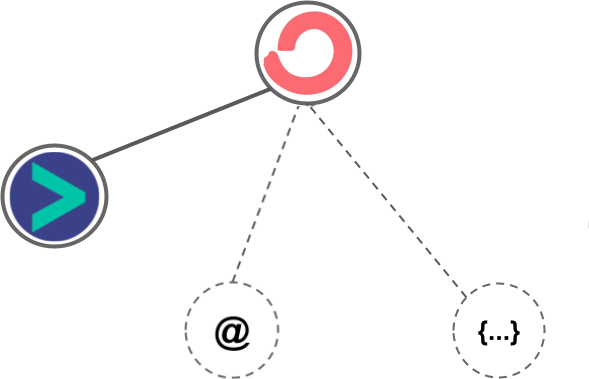
- Using business Email passed from ConvertKit, Hyperise is able to enrich business logo and website screenshots. In some cases, with a business Email we're also able to enrich profile images, subject to the business email having a publicly available profile.
ConvertKit Integration Guide
Campaign Monitor uses the HTML code embed method to integrate with Hyperise, giving a simple way to add personalized images to your messages.
Campaign Monitor makes the following data points available to Hyperise, to enable personalization in images used in outreach and linked out to your personalized website landing pages.

- Using business Email passed from Campaign Monitor, Hyperise is able to enrich business logo and website screenshots. In some cases, with a business Email we're also able to enrich profile images, subject to the business email having a publicly available profile.
Campaign Monitor Integration Guide
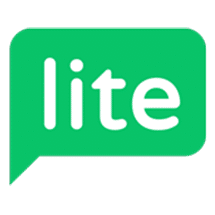 vs
vs 

 vs
vs  vs
vs 
 vs
vs 



 vs
vs 
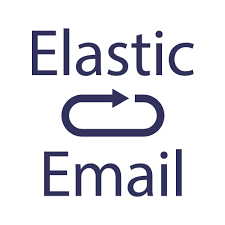
 vs
vs  vs
vs  vs
vs  vs
vs  vs
vs  vs
vs  vs
vs  vs
vs 

